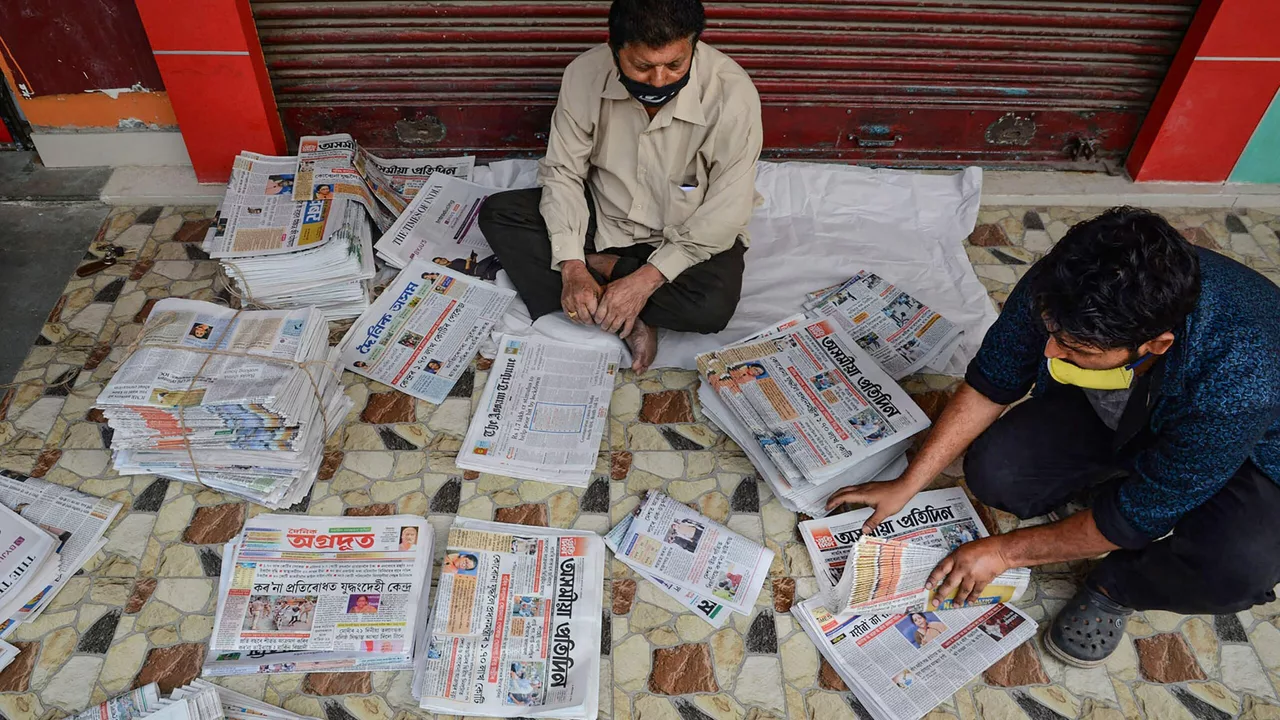Newspaper Quality: Spotting Credible News in Today’s Media
Ever wonder why some news feels trustworthy while other stories leave you scratching your head? It all comes down to newspaper quality – the mix of accurate reporting, clear writing, and solid editorial standards. In a world flooded with headlines, knowing how to pick the right sources can save you time and keep you well‑informed.
What really defines newspaper quality?
First off, quality isn’t just about glossy pages or fancy fonts. It’s about facts that are checked, sources that are named, and a clear separation between news and opinion. A high‑quality newspaper will correct mistakes promptly and give you a transparent view of who’s behind the story. Look for bylines, dates, and references – they’re the breadcrumbs that prove a piece is grounded in real reporting.
Another key sign is consistency. Publications like the Times of India have recently moved to a paid e‑paper model, which sparked debate but also forced them to double‑down on exclusive, well‑researched content. When a paper invests in content that people are willing to pay for, it often indicates a commitment to maintaining standards.
Common pitfalls and how to avoid them
One major trap is mistaking sensational headlines for quality journalism. Click‑bait often sacrifices nuance for shock value. If a story sounds too dramatic, check the body for evidence – are there quotes from experts? Are statistics sourced?
Bias is another red flag. Articles like “Is Indian media biased?” highlight how some outlets may tilt stories to fit a narrative. To keep bias in check, compare coverage across a few reputable sources. If multiple papers report the same core facts, you’re likely looking at reliable information.
Paywalls can also confuse readers about quality. While some free sites lower the bar, many high‑quality papers, like the Times of India, now charge for their e‑paper to fund investigative reporting. Don’t let a paywall scare you off; it often means the outlet is reinvesting in deeper journalism.
Finally, watch out for outdated information. A quality newspaper updates its stories as new data emerge. If you find an article that still references old numbers without any follow‑up, that’s a sign the piece may be stale.
By keeping these checks in mind, you can quickly separate the wheat from the chaff. Whether you’re scrolling through a digital epaper or flipping through a printed edition, the same principles apply.
So next time you pick up a newspaper – digital or print – ask yourself: Are the facts verified? Is there a clear line between news and opinion? And does the outlet stand behind its reporting with a willingness to correct errors? If the answer is yes, you’ve likely found solid newspaper quality.
Is the Times of India a good newspaper?
Posted by Aarav Khatri on Jul, 29 2023

Well, folks, let's chat about whether the Times of India is a good newspaper or not. Now, don't get me wrong, I'm not a newspaper connoisseur but I've got my two cents to share. The Times of India, or as I like to call it, the 'gossip galore', is like that one relative who always has an interesting story to tell. Sure, it's got its share of 'serious' news, but it's also a melting pot of Bollywood drama, sports, and lifestyle tidbits. So, if you're a fan of variety and enjoy your morning tea with a side of drama, the Times of India might just be the newspaper for you!